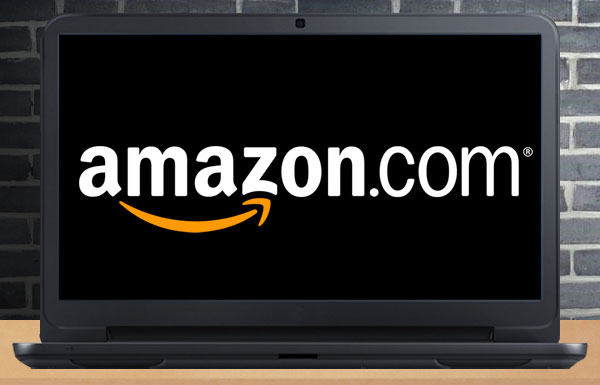Amazon has teamed up with Wells Fargo Educational Financial Services to offer Amazon Prime Students a 0.5 percent discount on private student loan interest rates, Wells Fargo announced last week. Wells Fargo is the largest private student lender in the United States among commercial banks.
The Amazon discount can be added to the 0.25 percent discount rate Wells Fargo already offers for enrolling in an automatic monthly loan repayment plan, as well as any of the bank’s interest rate discounts tied to a global promotion.
There are no application or origination fees. Borrowers can choose fixed or variable interest rates without paying upfront fees, and they don’t make payments while in school.
Amazon and Wells Fargo won’t compensate each other for customers taking up the offer, said Wells Fargo spokesperson Jason Vasquez.
“College costs continue to increase,” he told the E-Commerce Times. “This is an opportunity to help save students money.”
College tuition and fees, calculated in 2015 dollars, more than tripled between the 1975-76 and 2015-16 school years, according to the College Board.
No Downside
The arrangement “seems like a win-win for Amazon and Wells Fargo,” observed Mark Kantrowitz, publisher and vice president of strategy at Cappex.com, a website that helps students find colleges and scholarships.
Amazon will get additional publicity for Amazon Prime and is “undoubtedly hoping many of these students will continue with Amazon Prime even after they graduate from college,” he told the E-Commerce Times. Wells Fargo will get publicity for its private student loan products.
For those already planning to apply for private student loans, the arrangement “is a clear win, since the interest rate reduction should pay for the cost of Amazon Prime in the first year,” Kantrowitz noted. The total savings over a 10-year repayment term for US$10,000 in loans is about $300.
Student Loan Options
That said, students should look at getting Federal Stafford loans first, as federal student loans “are cheaper, more available, and have better repayment terms — even with this new discount,” Kantrowitz pointed out.
However, federal Stafford loans have annual and aggregate limits, and students attending more expensive colleges “may easily exhaust” the loan limits, he said. Federal Parent PLUS loans are another option to consider.
For borrowers with very good or excellent credit, the Amazon/Wells Fargo private loans “will be competitive with the Federal PLUS loans, given this discount,” Kantrowitz noted.
The Student Loan Morass
Student loan debt exceeded $1.2 trillion, as of last year, the Consumer Financial Protection Bureau reported. Private loans accounted for $91 billion of that total.
Private student loans reportedlygenerated more than 5,000 complaints to the CFPB in 2015.
Wells Fargo was the subject of 278 of those complaints.
The bank “has more than 1.05 million private student loan customers and was one of the first private student lenders to introduce the Wells Fargo Private Student Loan Modification Program to help customers experiencing financial hardship,” Wells Fargo’s Vasquez pointed out.
Private student loan interest rates depend on borrower credit scores and other underwriting criteria, unlike federal student loans, which apply a uniform interest rate.
Overall, student loans constitute the nation’s second largest consumer debt market, according to the CFPB, with one out of four borrowers in default or struggling to repay their loans. There are widespread servicing failures, and some lenders engage in illegal servicing practices, the CFPB reported.
Resolving the Student Loan Issue
The CFPB, the U.S. Department of the Treasury and the U.S. Department of Education are working on loan servicing reform.
The CFPB this spring released a student loan payback playbook.
“There are already some standards for private student loans as part of the Truth in Lending Act,” Kantrowitz said. “CFPB will be proposing additional servicing standards.”
























































Social Media
See all Social Media